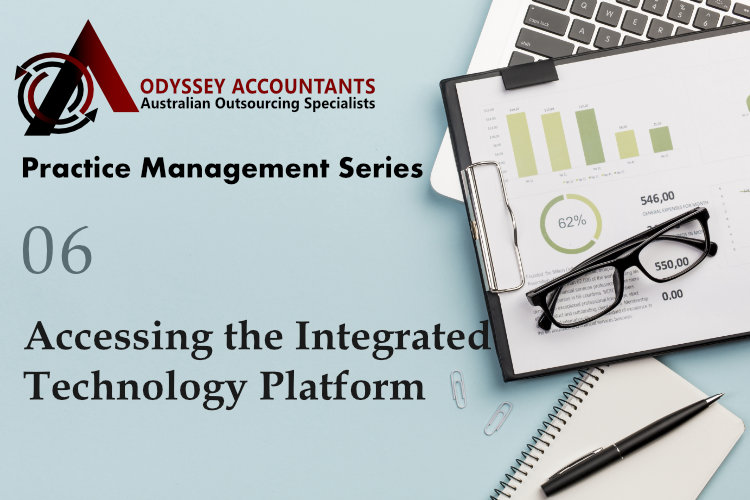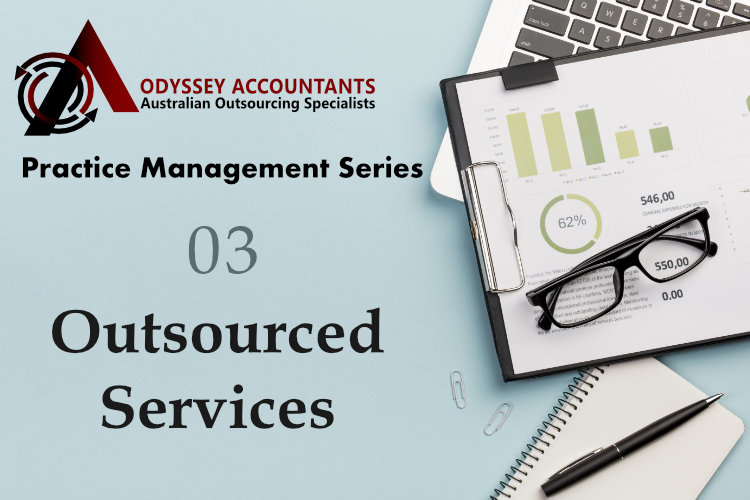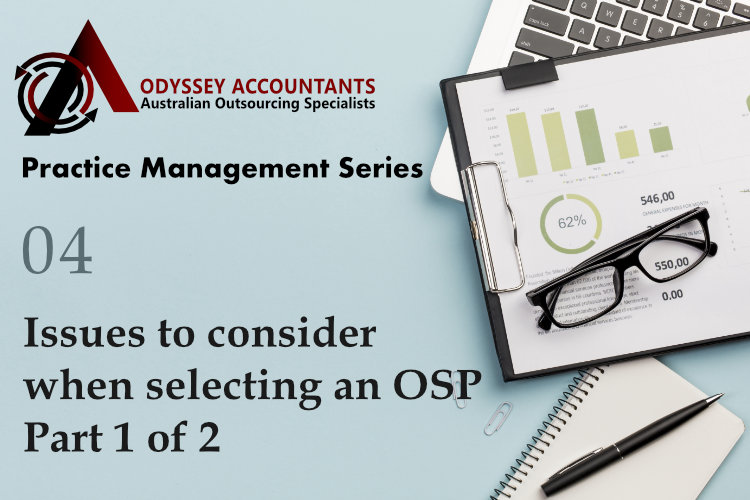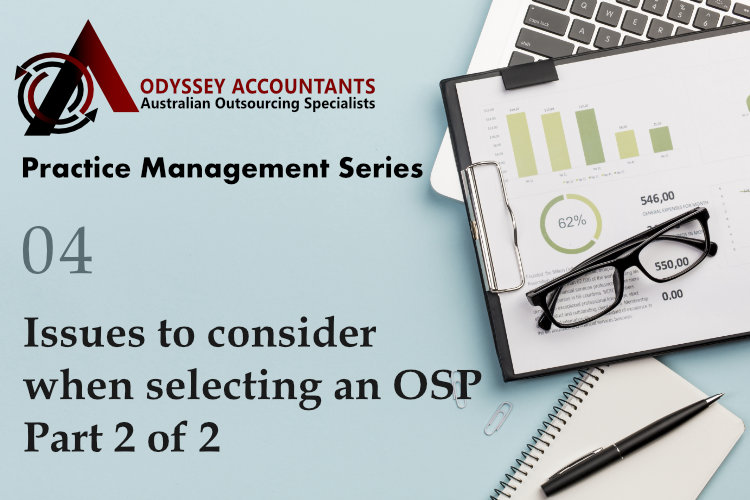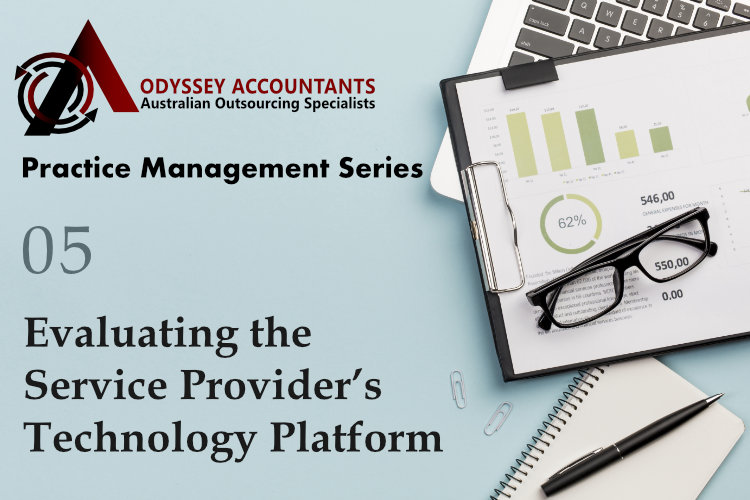The last post presented the checklist on the quality of the OSP’s technology platform.
For this time, it is about the integrity between the OSP and you, the client.
Answer these questions below to assess the integrated technology platform.
Internal communication
- How will you communicate with your outsourced staff?
- Will they report to one person on your team or collaboratively with the whole team?
External communication
- Will your outsourced staff have the ability to communicate externally to clients?
- Do they need an email address?
- How will you ensure this communication is consistent with your firm’s communication policy?
Communication is often an issue between the OSP and the client due to a number of factors such as culture, time zone or technology. Ensuring that the communication technology works efficiently for both sides will reduce a lot of hassle of the overall process. Tools such as Skype, Lync, GotoMeeting, Zoom are all effective for face to face communication and enhance the relationship with your offshore or offsite team.
Access to client information
- How will your offshore/offsite team access client files?
There are many secure options for sharing and collaborating on files. Ideally, you do not want to be transferring files via email or similar means without any encryption or file security. These can be as simple as using a Cloud based platform for your practice with strict password security in place. In addition, file storage tools such as Dropbox and Box are all commonly used for file sharing, however these tools should be monitored and reviewed in terms of user access and file permissions. If you are not operating in a cloud environment, you can utilise remote login to your on-site server. In a remote login scenario, you are able to grant various levels of access to data required to perform a task and can control the environment to a greater extent. The downside of using a remote login is that the speed and performance of the remote desktop computer is affected in many cases.
- Does the method of access meet obligations under the Australian Privacy Principles12 (Privacy Act 1988)?
The Privacy Act has a number of obligations that might affect how personal information is shared with an outsourcing service provider. Particularly, APP 8 (Cross-border disclosure of personal information) requires that the recipient of the information handles personal information in accordance with the APPs. For example, if someone has access to a client file on Dropbox and downloads it to another person’s computer, this would be a breach of client confidentiality. This is a serious risk management issue for practices and one that requires strict policies and procedures to ensure information is protected.
Timer recording
- How will you ensure that your outsourced team are accountable for their time and the tasks they are performing?
Timesheets are one way of doing this effectively and it is relatively easy to provide access to your practice management system to allow timesheets to be completed. This also ensures the time is costed into the client work. In addition, there are tools – such as Chrometa or Time Doctor – that will record all work done on a computer in the background to effectively automate the timesheet process.

